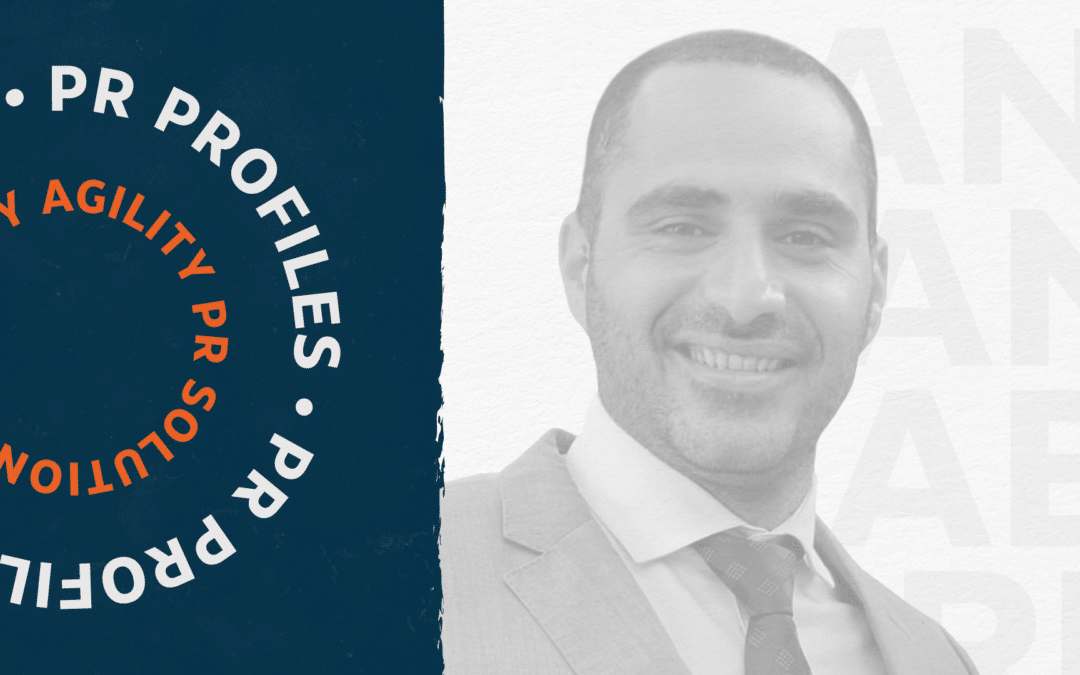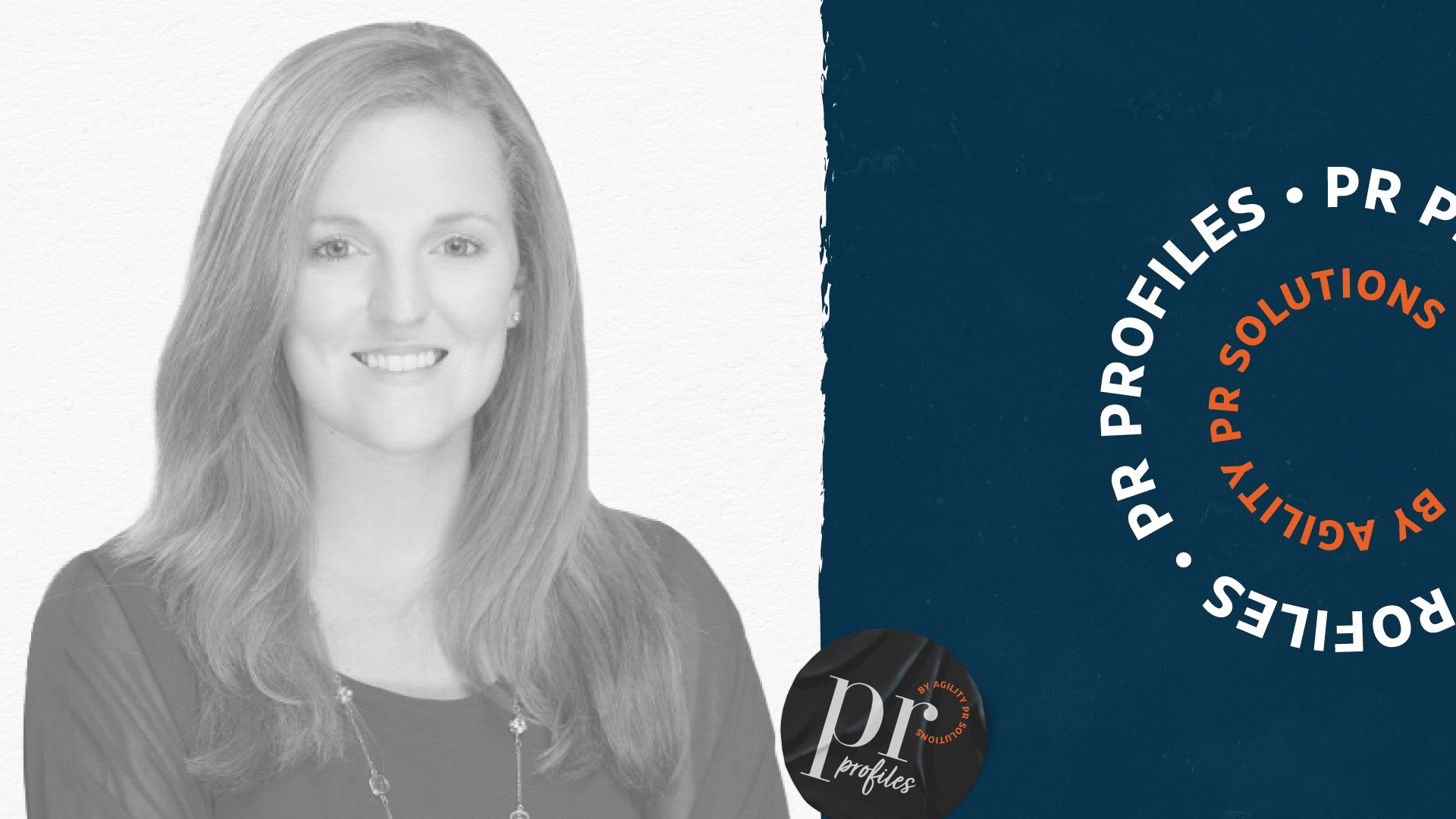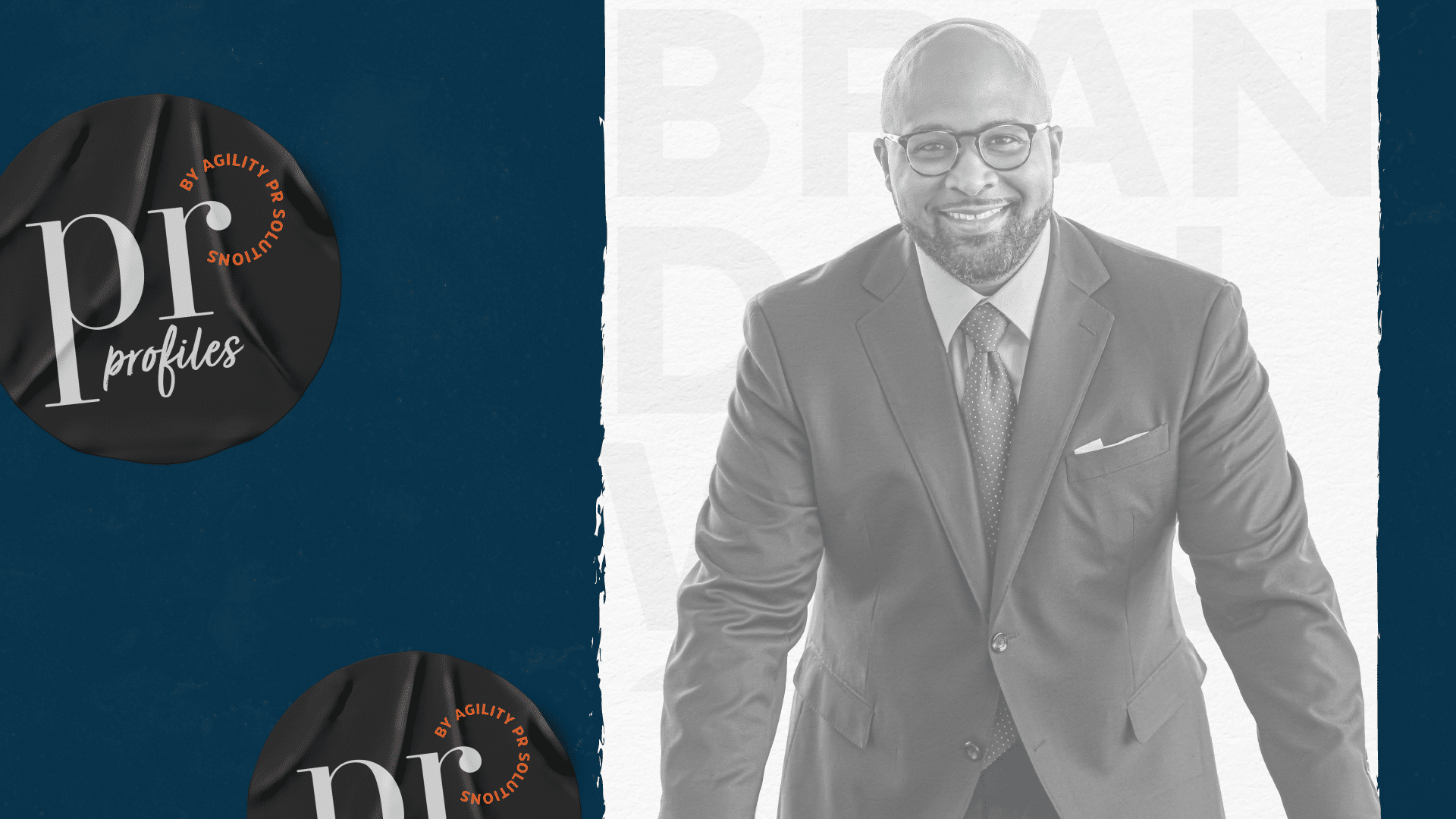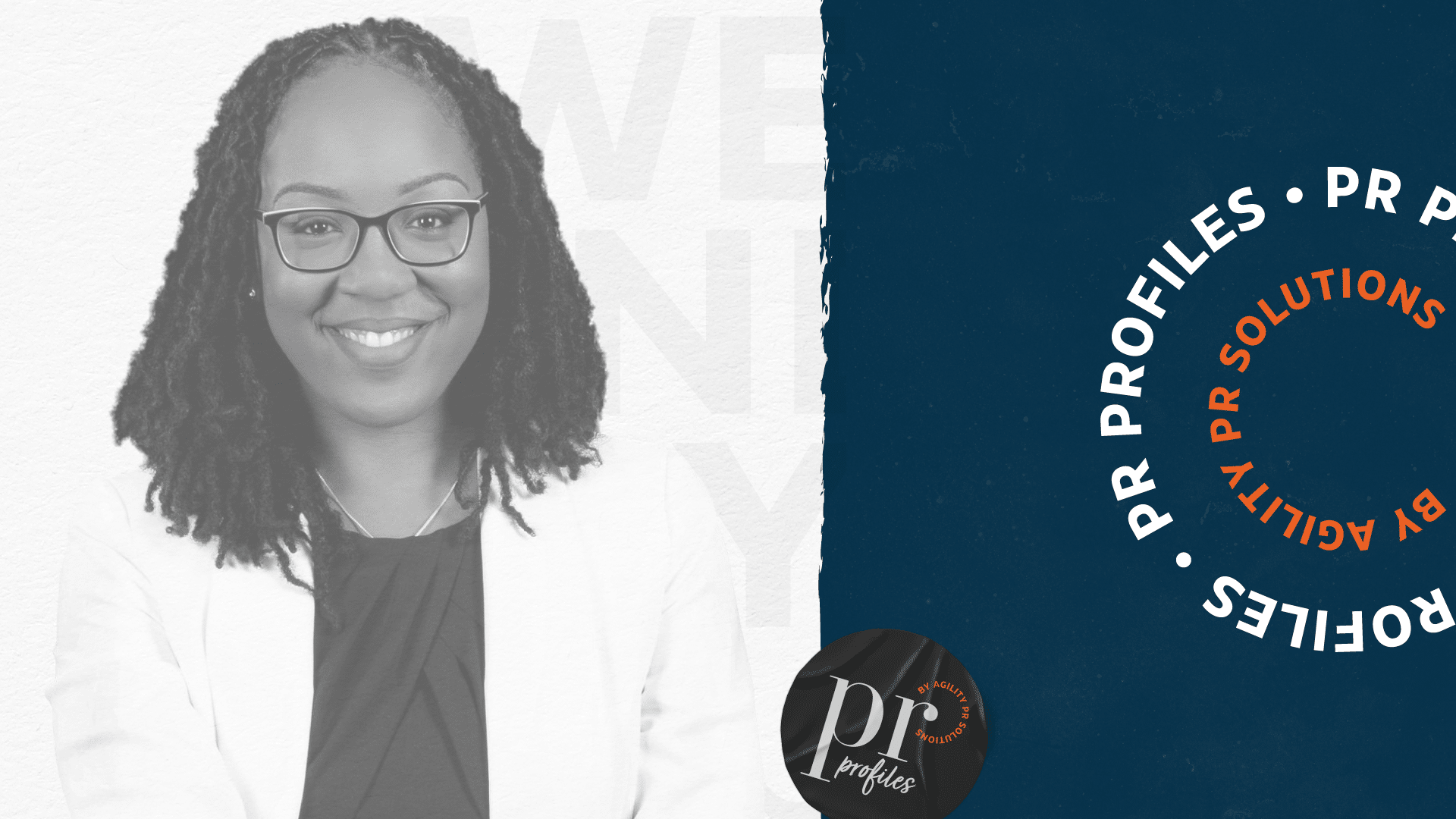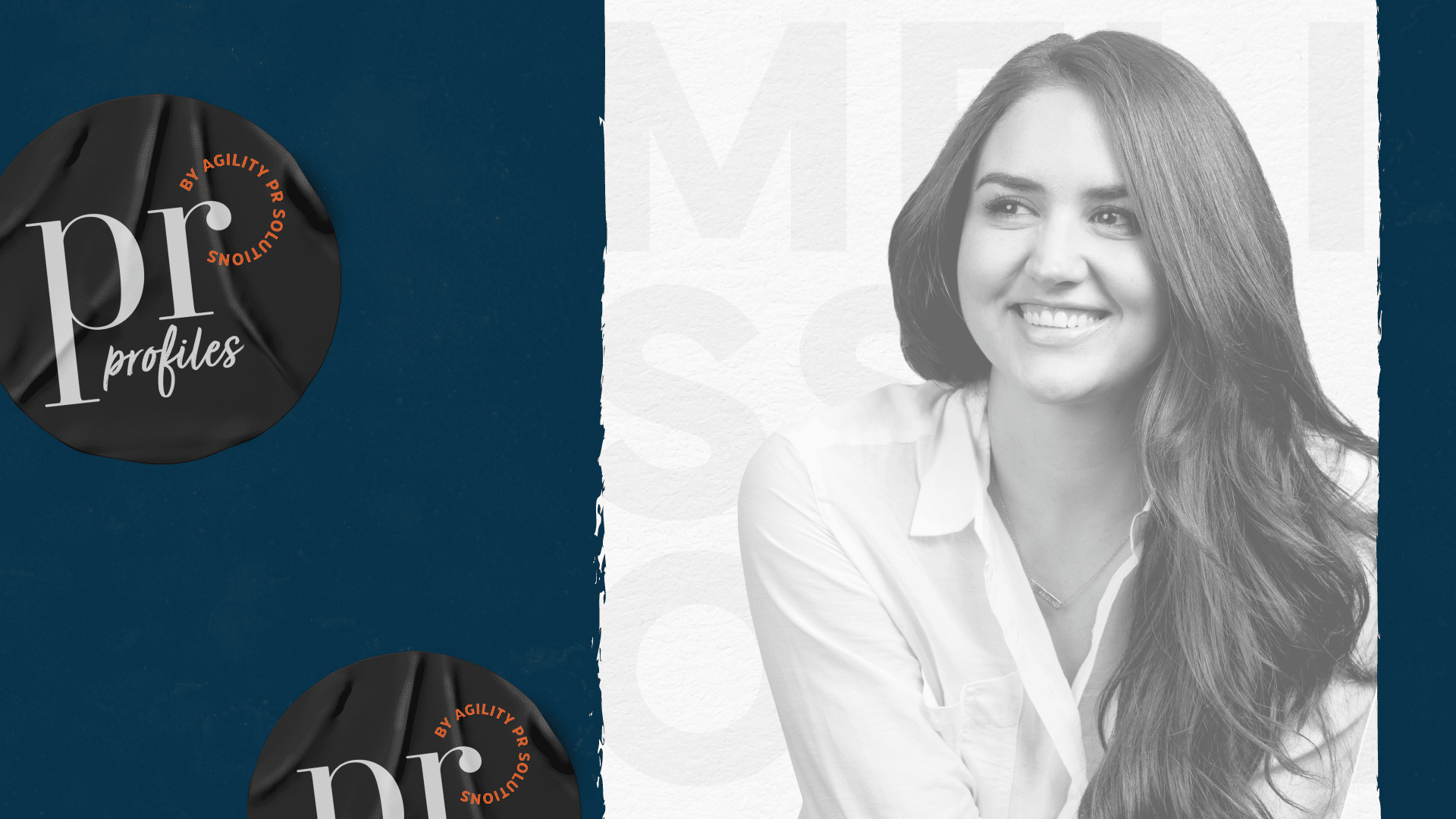Why your communications team needs to be involved at the product design stage for maximum impact
“What’s easier to sell as a PR person: a flight to the moon or just another pen?” asks Anan Abu Rmieleh, Director of Communications for Leaders International, in his interview for the PR Profiles podcast. “When you’re marketing a product, the most important thing is the product itself. If you design a good product, then you will be able to sell it easily. Same in nonprofit. If you design a good project, then it’ll be easier for you to promote [it] and reach out to the greatest number of people.”
A flight-to-the-moon project is one that “sells itself in terms of the impact it can have on beneficiaries.” Anan says, “Give me something strong to talk about and its visibility will be significant. Give me [just] another development project and its impact and uniqueness will be lost amongst the hundreds or thousands of other similar projects.”
Leaders International is a nonprofit organization that specializes in planning, managing, and monitoring innovation, sustainable tourism, and economic development interventions in developing countries across the Middle East and Africa. In his role, Anan is not solely focused on the marketing and communications for the organization, but also consults as a comms expert to help bring maximum visibility to the regional projects. “If the communications work is done separately, then the project design might not actually be fit for purpose,” says Anan. “[Communications] also needs to be very familiar with the project design because we support implementation at all levels—from managing events to handling all kinds of communication activities and visibility material to promote the project and its results in different countries. Lastly, and most importantly, one of our main goals as a communications department is to promote impact and to promote change.”
It’s this ability for change that drew Anan to the communications field in the first place. “I see communications as a very powerful tool to instigate change, and I love to see that happening in different sectors and in different aspects,” says Anan.
Some of the projects Anan has consulted on during his time at Leaders International include the organization’s effort to fight disinformation, hate speech, and fake news. “We suggested that instead of developing a fact-checking platform, because there are many [of those], it is probably better to support entrepreneurs who can produce many fact-checking platforms who can compete to be better,” says Anan. “This means we have a more viable solution because even if we don’t exist, there will be many solutions that will continue to exist and will continue to compete and improve the product.”
One of the common mistakes Anan sees communicators make during the promotion stage of a project or product is going straight to the tools. “People often ask me, what is the best communications tool?” says Anan. “What is the best PR tool? What do you think about radio? What do you think about newspapers? My answer is always, ‘I don’t know’. What works here doesn’t work there. I think there’s a best tool depending on the case.” But no matter the project, Anan likes going back to the basics. “My favorite tool is word of mouth.”
The full interview with Anan is available as a podcast on Spotify, Apple Podcast, and other major platforms.

